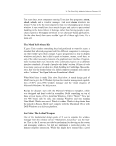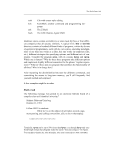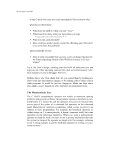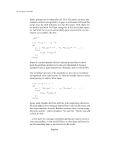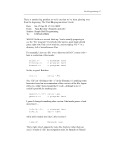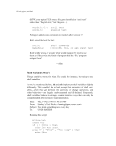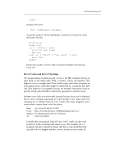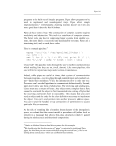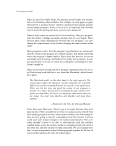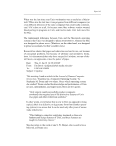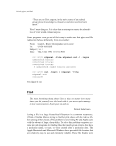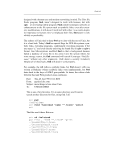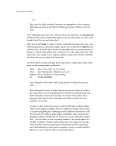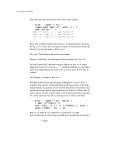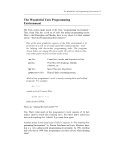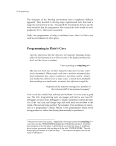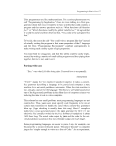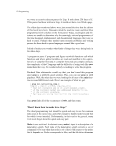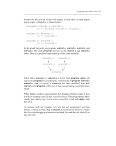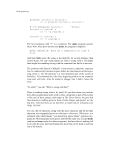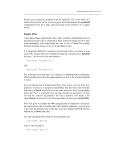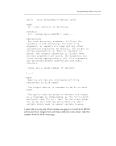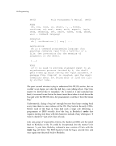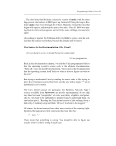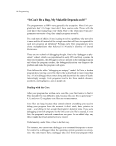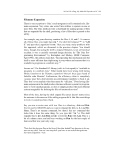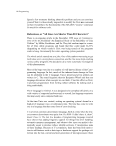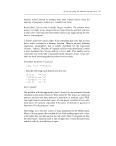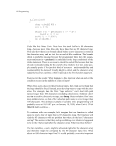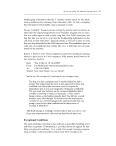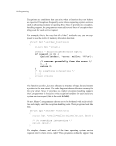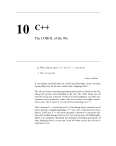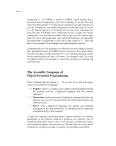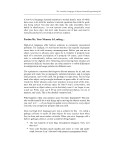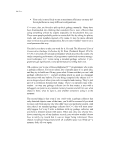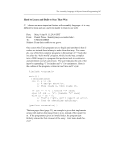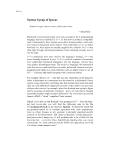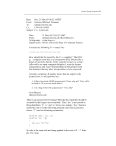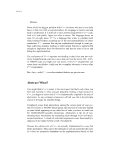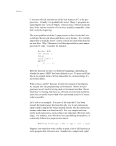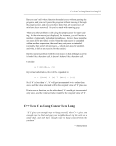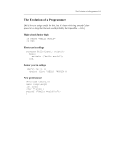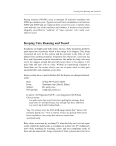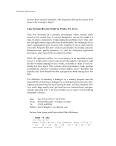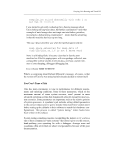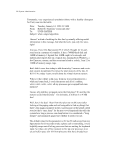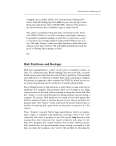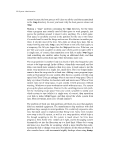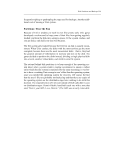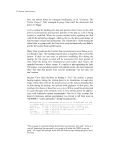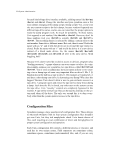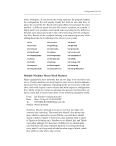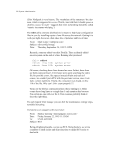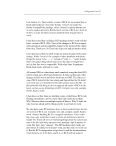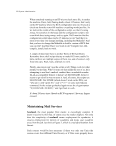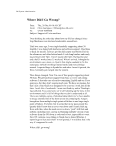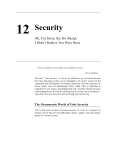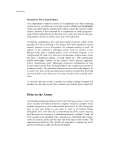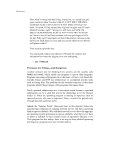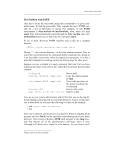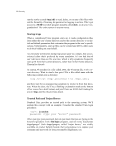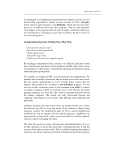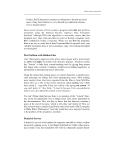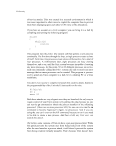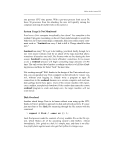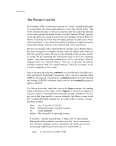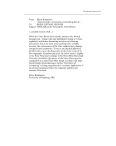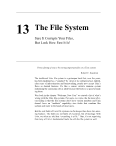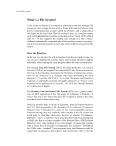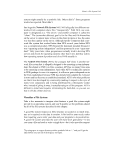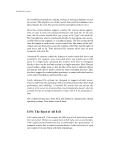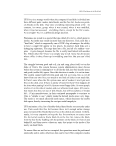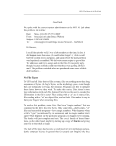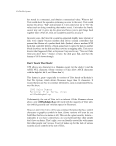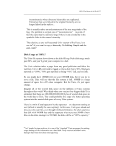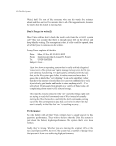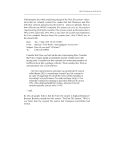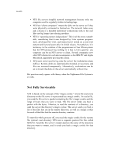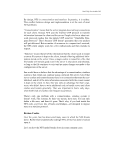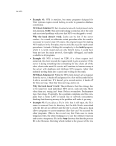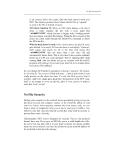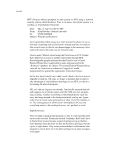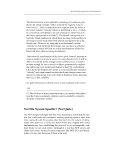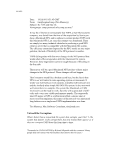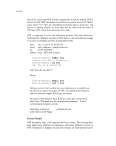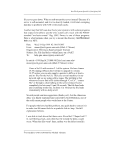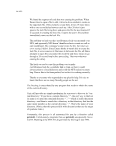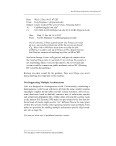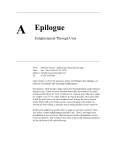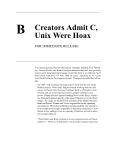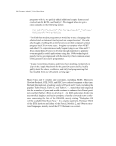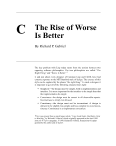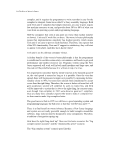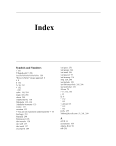6 Unix Literature avers that Unix succeeded because of its technical superiority. This is not true. Unix was evolutionarily superior to its competitors, but not technically superior. Unix became a commercial success because it was a virus. Its sole evolutionary advantage was its small size, simple design, and resulting portability. Later it became popular and commercially successful because it piggy-backed on three very successful hosts: the PDP-11, the VAX, and Sun workstations. (The Sun was in fact designed to be a virus vector.) As one DEC employee put it: From: CLOSET::E::PETER 29-SEP-1989 09:43:26.63 To: closet::t_parmenter Subj: Unix In a previous job selling Lisp Machines, I was often asked about Unix. If the audience was not mixed gender, I would sometimes compare Unix to herpes—lots of people have it, nobody wants it, they got screwed when they got it, and if they could, they would get rid of it. There would be smiles, heads would nod, and that would usually end the discussion about Unix. Of the at least 20 commercial workstation manufacturers that sprouted or already existed at the time (late 1970s to early 1980s), only a handful— Digital, Apollo, Symbolics, HP—resisted Unix. By 1993, Symbolics was in Chapter 11 and Apollo had been purchased (by HP). The remaining companies are now firmly committed to Unix. Accumulation of Random Genetic Material Chromosomes accumulate random genetic material this material gets hap- pily and haphazardly copied and passed down the generations. Once the human genome is fully mapped, we may discover that only a few percent of it actually describes functioning humans the rest describes orangutans, new mutants, televangelists, and used computer sellers. The same is true of Unix. Despite its small beginnings, Unix accumulated junk genomes at a tremendous pace. For example, it’s hard to find a ver- sion of Unix that doesn’t contain drivers for a Linotronic or Imagen type- setter, even though few Unix users even know what these machines look like. As Olin Shivers observes, the original evolutionary pressures on Unix have been relaxed, and the strain has gone wild.
History of the Plague 7 Date: Wed, 10 Apr 91 08:31:33 EDT From: Olin Shivers shivers@bronto.soar.cs.cmu.edu To: UNIX-HATERS Subject: Unix evolution I was giving some thought to the general evolution (I use the term loosely, here) of Unix since its inception at Bell Labs, and I think it could be described as follows. In the early PDP-11 days, Unix programs had the following design parameters: Rule 1. It didn’t have to be good, or even correct, but: Rule 2. It had to be small. Thus the toolkit approach, and so forth. Of course, over time, computer hardware has become progressively more powerful: processors speed up, address spaces move from 16 to 32 bits, memory gets cheaper, and so forth. So Rule 2 has been relaxed. The additional genetic material continues to mutate as the virus spreads. It really doesn’t matter how the genes got there they are dutifully copied from generation to generation, with second and third cousins resembling each other about as much as Woody Allen resembles Michael Jordan. This behavior has been noted in several books. For example, Section 15.3, “Routing Information Protocol (RIP),” page 183, of an excellent book on networking called Internetworking with TCP/IP by Douglas Comer, describes how inferior genes survive and mutate in Unix’s network code (paragraph 3): Despite minor improvements over its predecessors, the popularity of RIP as an IGP does not arise from its technical merits. Instead, it has resulted because Berkeley distributed routed software along with the popular 4.X BSD UNIX systems. Thus, many Internet sites adopted and installed routed and started using RIP without even considering its technical merits or limitations. The next paragraph goes on to say:




































































































































































